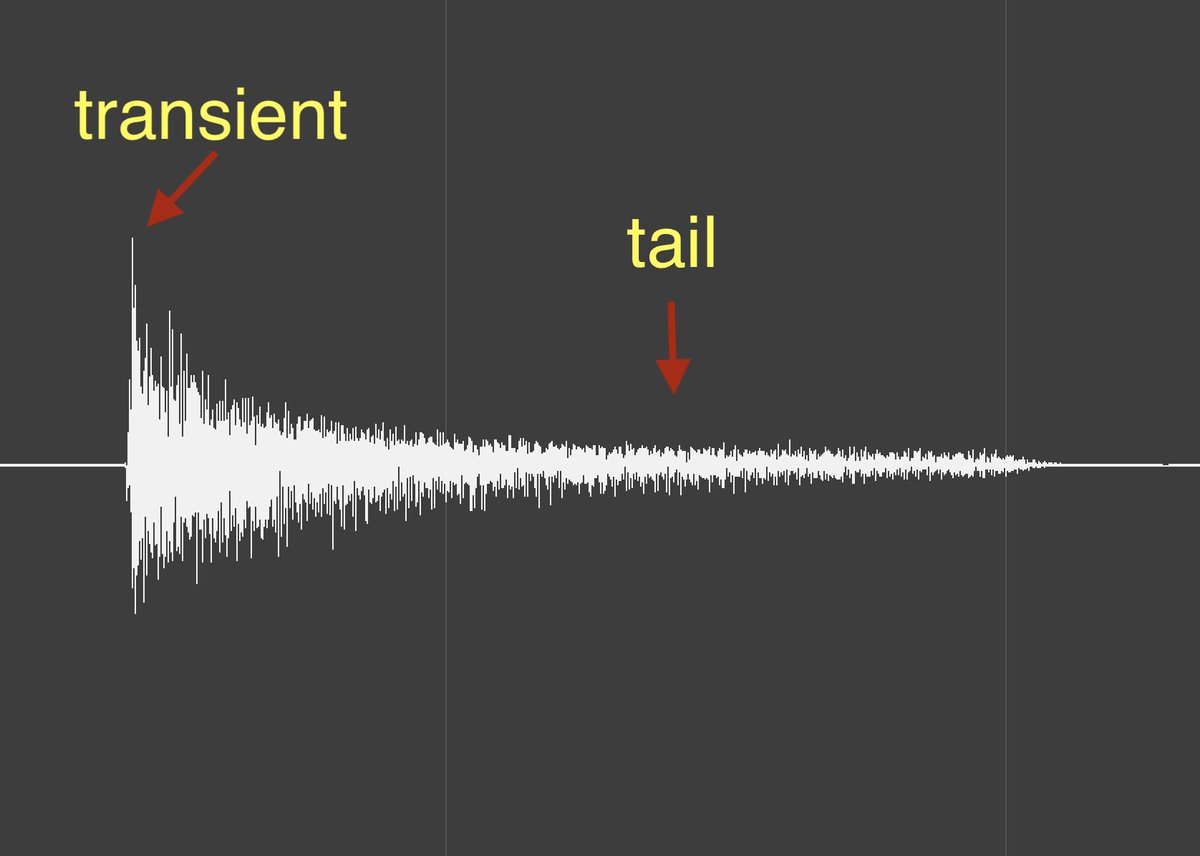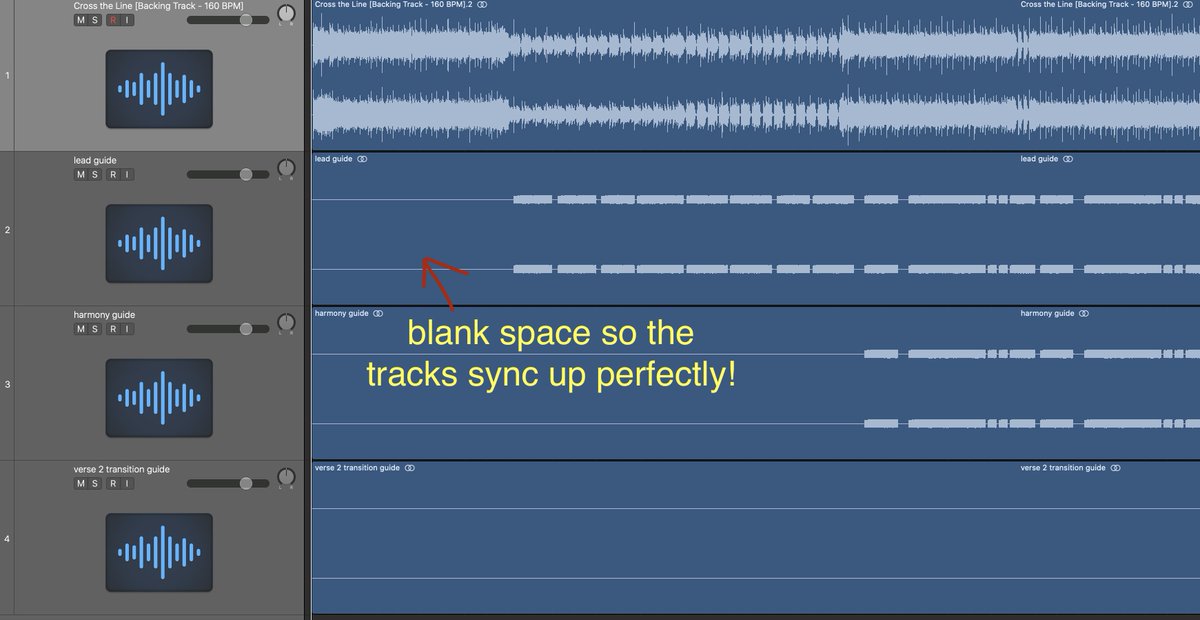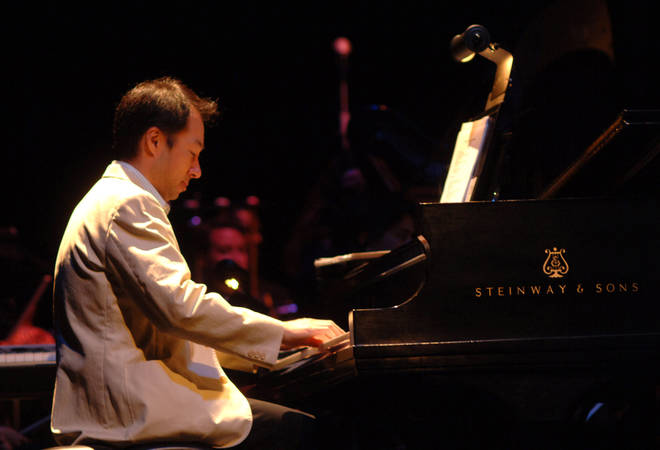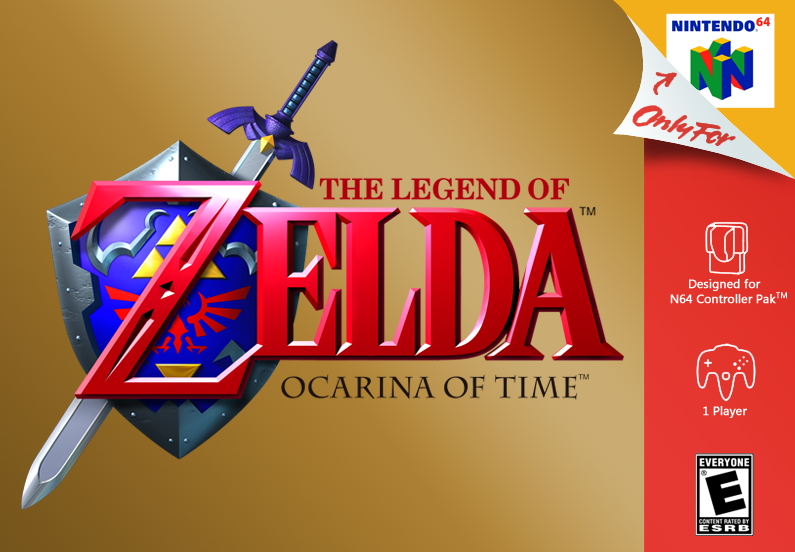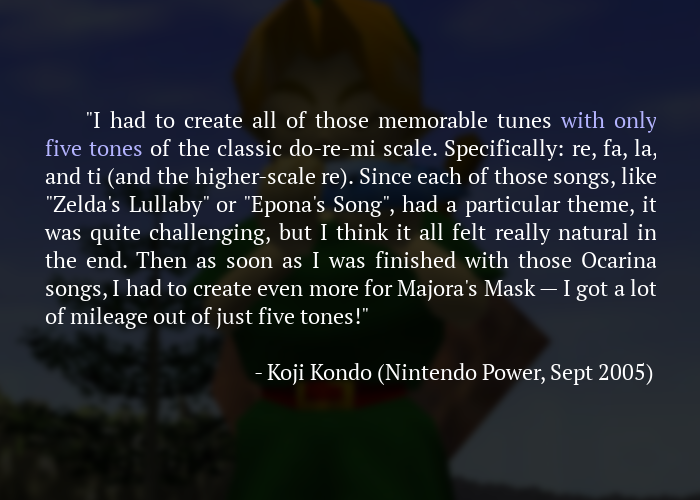I'm often asked to write "anime-style" music when I work on games.
What makes anime music sound like anime music? Here are five of its most important features: 🧵👇
What makes anime music sound like anime music? Here are five of its most important features: 🧵👇
1. "Circle Progressions" ✨
Modern Japanese music takes heavily from American gospel and jazz.
Listen to this excerpt from Marvin Sapp's "Never Would Have Made It".
You'll hear this chord sequence EVERYWHERE in anime music.
Modern Japanese music takes heavily from American gospel and jazz.
Listen to this excerpt from Marvin Sapp's "Never Would Have Made It".
You'll hear this chord sequence EVERYWHERE in anime music.
It's one of many "circle" progressions, named because it follows the musical "circle of fifths", common in jazz and classical works.
Here it is in the opening to Spy × Family:
Here it is in the opening to Spy × Family:
Another well-known circle progression in anime music is the "Royal Road", or 王道進行 in Japanese — an ironic reference to its status as a "hit-maker".
Here it is in the opening to Madoka Magica. It's impossible to overstate how ubiquitous it is.
Here it is in the opening to Madoka Magica. It's impossible to overstate how ubiquitous it is.
Here it is again in Rick Astley's "Never Gonna Give You Up".
This is my favorite music fact. You can literally put this melody over 50% of anime openings and it'll work.
This is my favorite music fact. You can literally put this melody over 50% of anime openings and it'll work.
2. Long-Form Melodies ✨
Melodies in anime music tend to consist of long phrases with many syllables per line.
Listen to the chorus in the opening theme for Chainsaw Man — the repetition gives way to an impressive melodic phrase that lasts an entire four bars.
Melodies in anime music tend to consist of long phrases with many syllables per line.
Listen to the chorus in the opening theme for Chainsaw Man — the repetition gives way to an impressive melodic phrase that lasts an entire four bars.
Melodies in anime music also tend to have more notes than those of Western music.
This is likely because Japanese is a "low information density" language — more syllables are needed. This property often carries over into instrumental music.
(Chart: Tofugu)
This is likely because Japanese is a "low information density" language — more syllables are needed. This property often carries over into instrumental music.
(Chart: Tofugu)
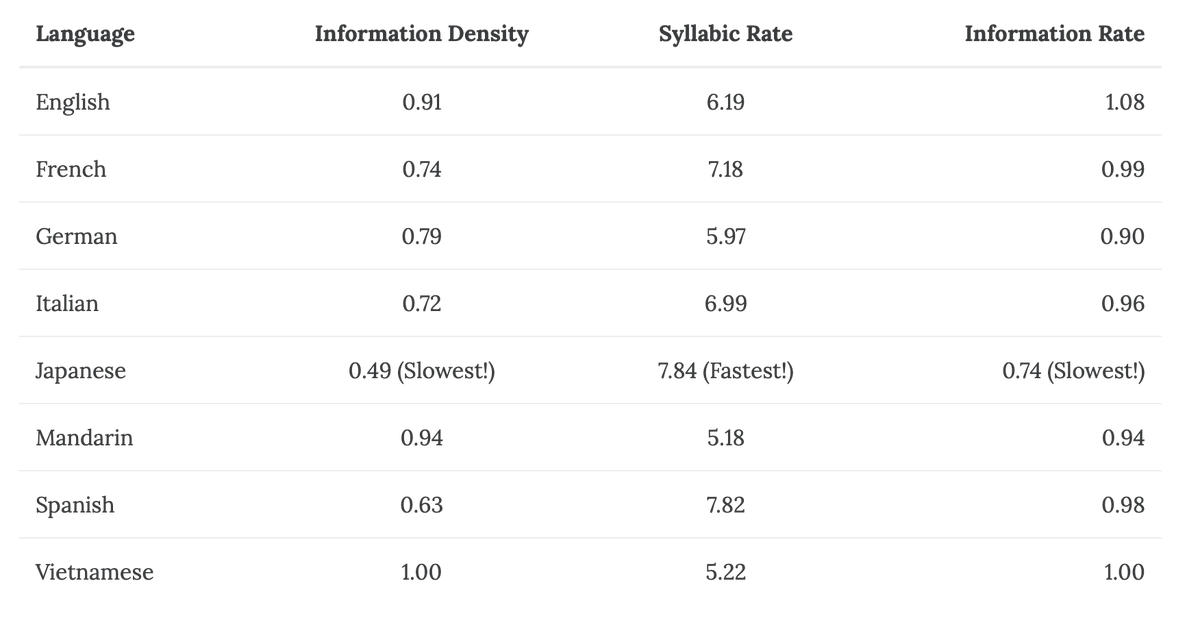
3. Syncopation ✨
Anime music tends to employ "syncopation", the emphasis of the "in-between" beats in a song.
Listen to this BGM track from the anime True Tears. Most (but not all) of the violin and chord changes are syncopated.
Anime music tends to employ "syncopation", the emphasis of the "in-between" beats in a song.
Listen to this BGM track from the anime True Tears. Most (but not all) of the violin and chord changes are syncopated.
By the way, most anime BGM can trace its roots back to British "light music" from the 1940s-60s:
4. Through-Composition ✨
This is a technique where music is written from point A to point B, with little to no repetition of sections. Most anime BGM is written in this format.
It was a common trait of British light music — and, incidentally, of traditional Japanese music.
This is a technique where music is written from point A to point B, with little to no repetition of sections. Most anime BGM is written in this format.
It was a common trait of British light music — and, incidentally, of traditional Japanese music.
Through-composition doesn't usually apply to vocal or pop music, but what /does/ apply to vocal music in anime is the use of unique lyrics in the first and second choruses — unlike Western music, which tends to repeat the first chorus verbatim.
5. Maximalism ✨
Vocal music in anime tends to be written with "maximalist" arrangements — complex, active arrangements filled to the brim with as many details as possible.
Just listen to the opening theme from Anne Happy:
Vocal music in anime tends to be written with "maximalist" arrangements — complex, active arrangements filled to the brim with as many details as possible.
Just listen to the opening theme from Anne Happy:
This is in stark contrast to traditional Japanese music, but the complexity of sound gives listeners something new to hear every time.
I put all these elements to work in the music I write for myself and my clients.
Here's a bit of a song I wrote for @glassheartproj. It's called "The Café on Bridge St."
Here's a bit of a song I wrote for @glassheartproj. It's called "The Café on Bridge St."
And that's a quick overview of the elements that make anime music, "anime music"!
If you found this thread useful:
1. Follow me @atelierjoshua for more on game music
2. RT this thread to help other game devs and musicians:
If you found this thread useful:
1. Follow me @atelierjoshua for more on game music
2. RT this thread to help other game devs and musicians:
https://twitter.com/atelierjoshua/status/1609588774916481024
If you'd like to hire me to write anime music for your game (or anime), you can check out my portfolio here: atelierjoshua.co/music
I've worked on @skybrotherforce and @8SEN_ANIME as of late. ☺️
You can reach me via DM or by email at atelierjoshua@gmail.com.
I've worked on @skybrotherforce and @8SEN_ANIME as of late. ☺️
You can reach me via DM or by email at atelierjoshua@gmail.com.
Additionally, if you're interested in the inner workings of the "Royal Road" chord sequence, I wrote an EXTREMELY in-depth guide on it and its variations, with examples from game and anime music: joshuataipale.gumroad.com/l/royal-road-g… 

Just plugging my friend’s AMAZING cover of Kick Back:
https://twitter.com/kylebrook97/status/1598683618431279104
• • •
Missing some Tweet in this thread? You can try to
force a refresh


